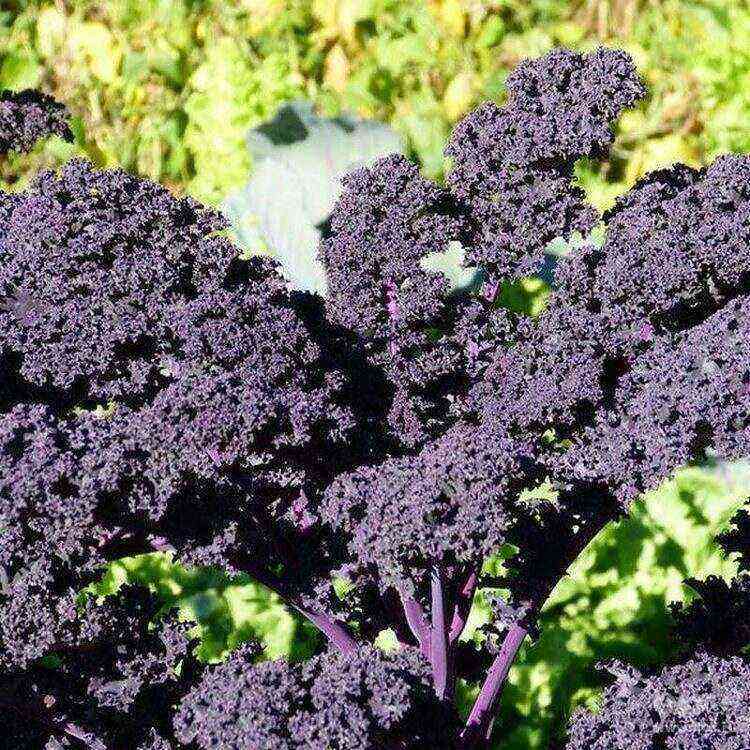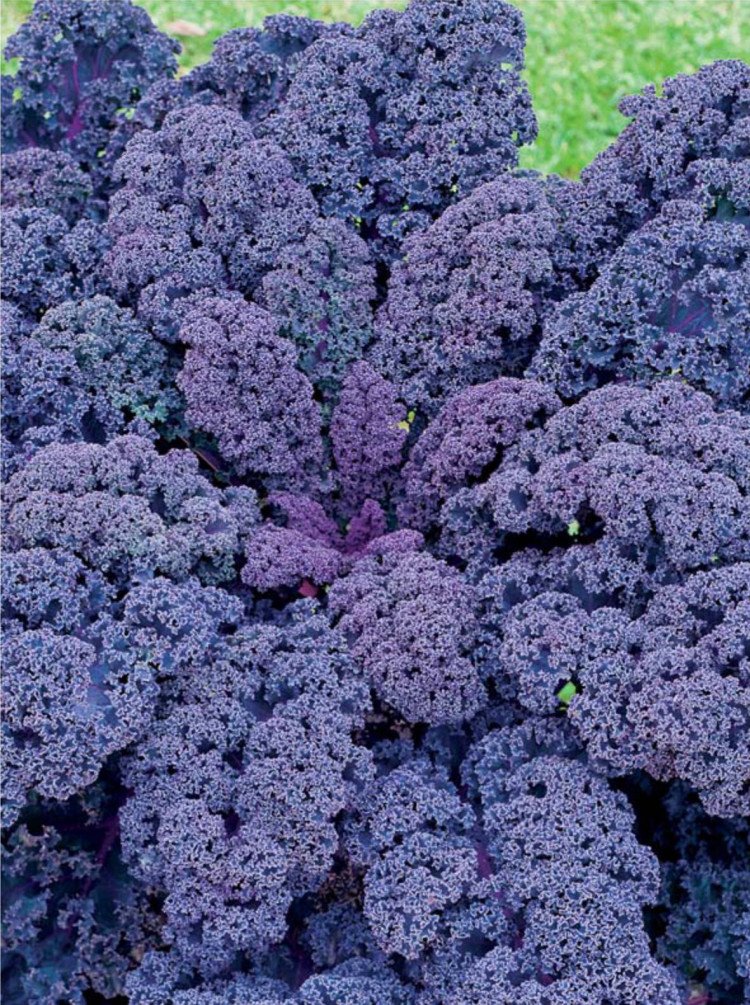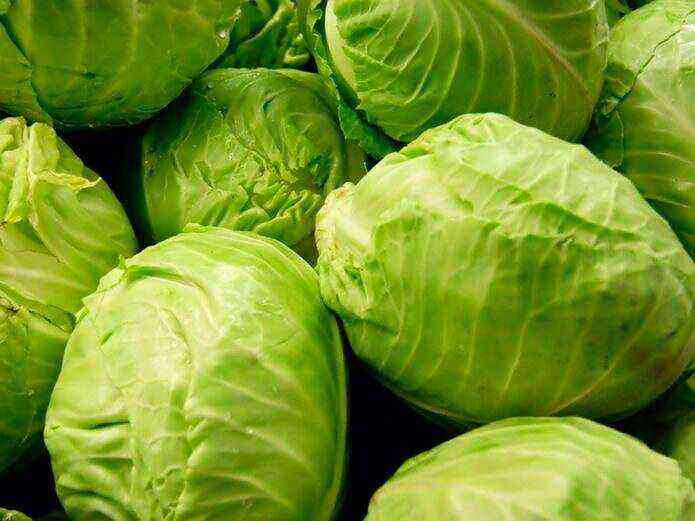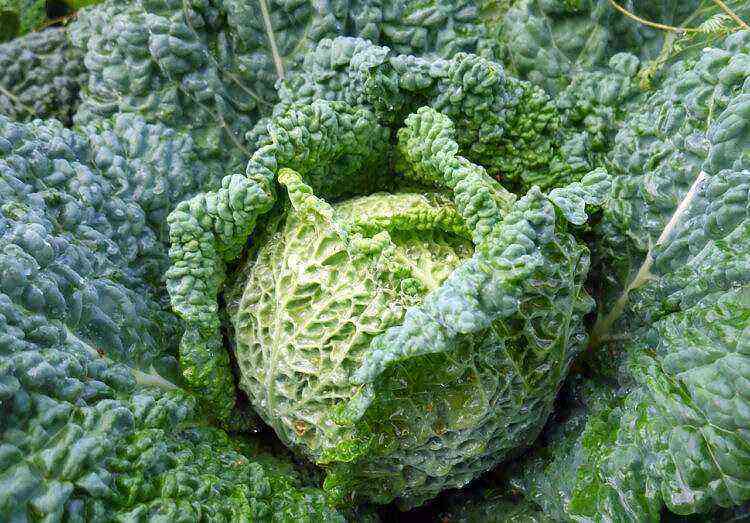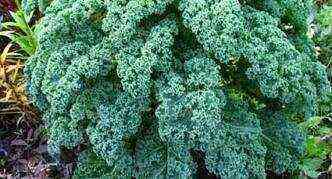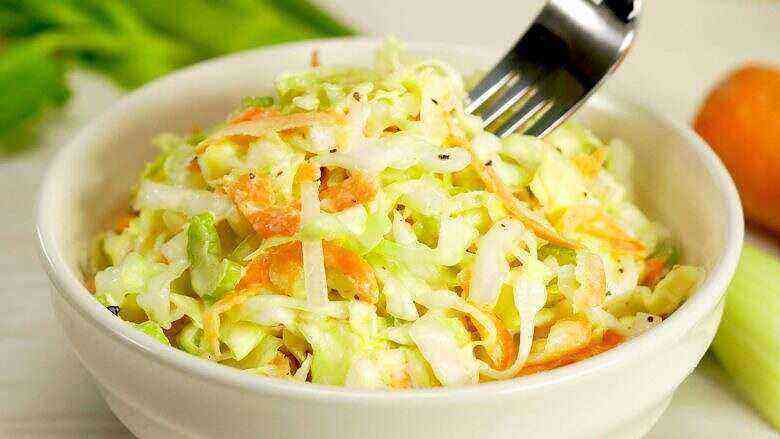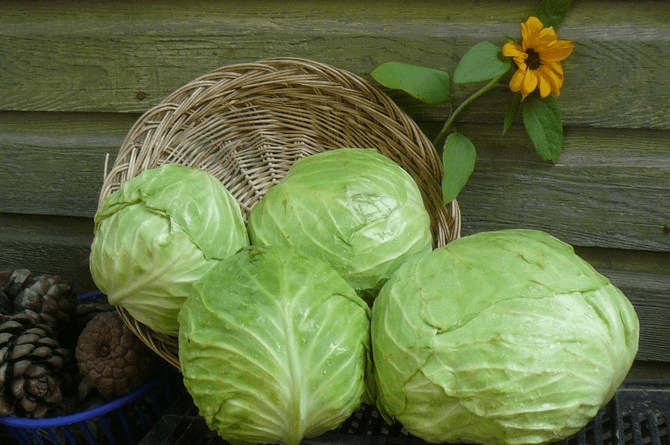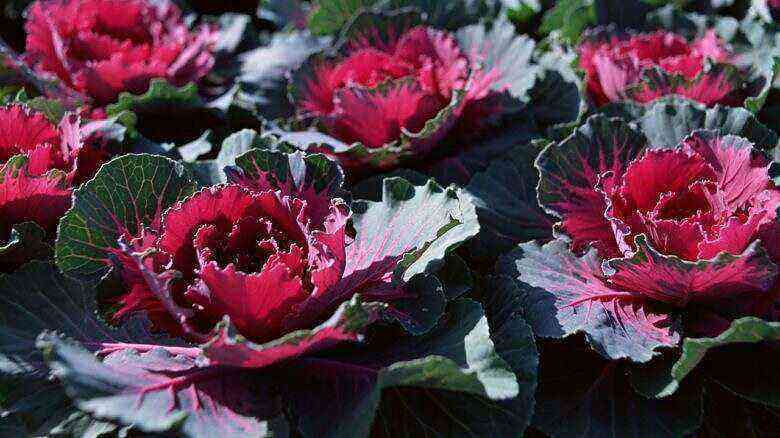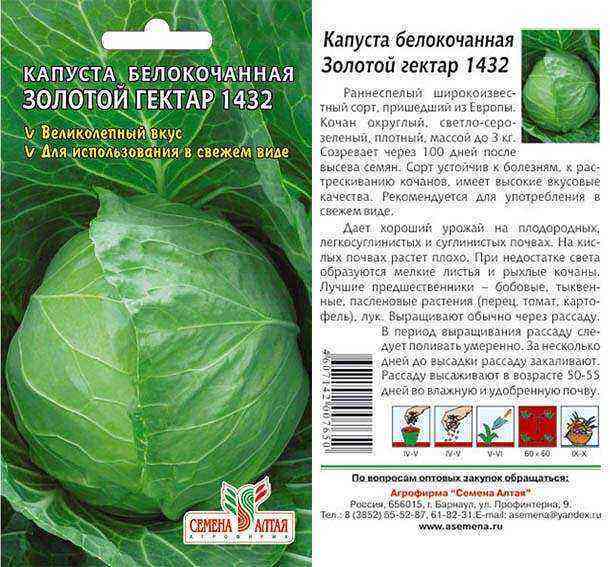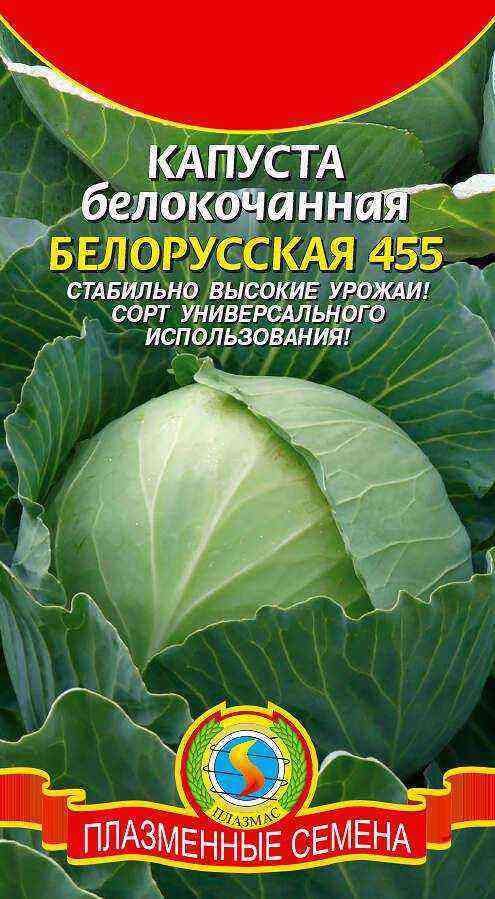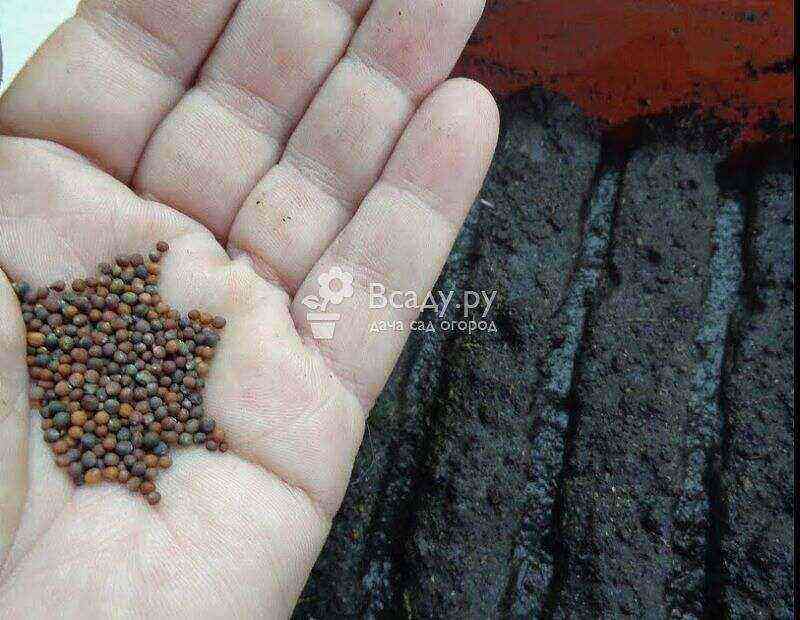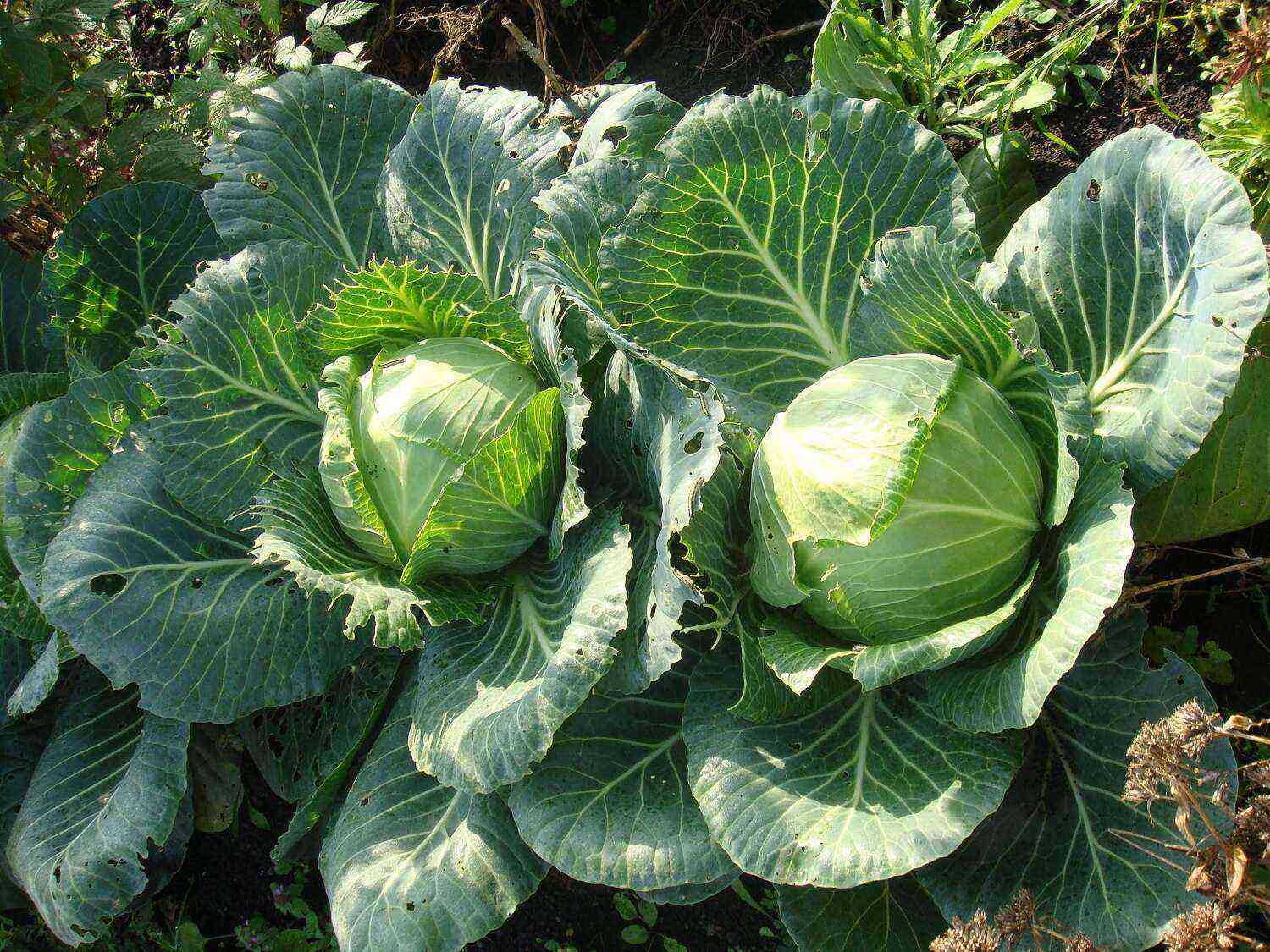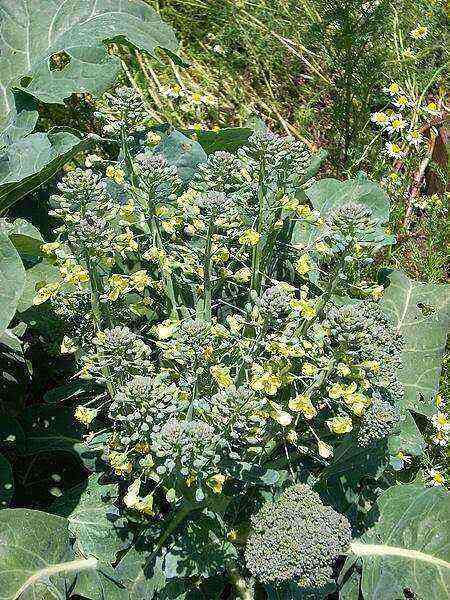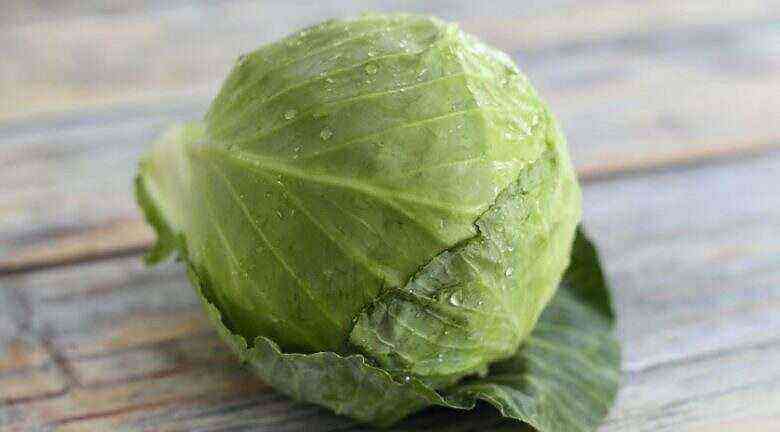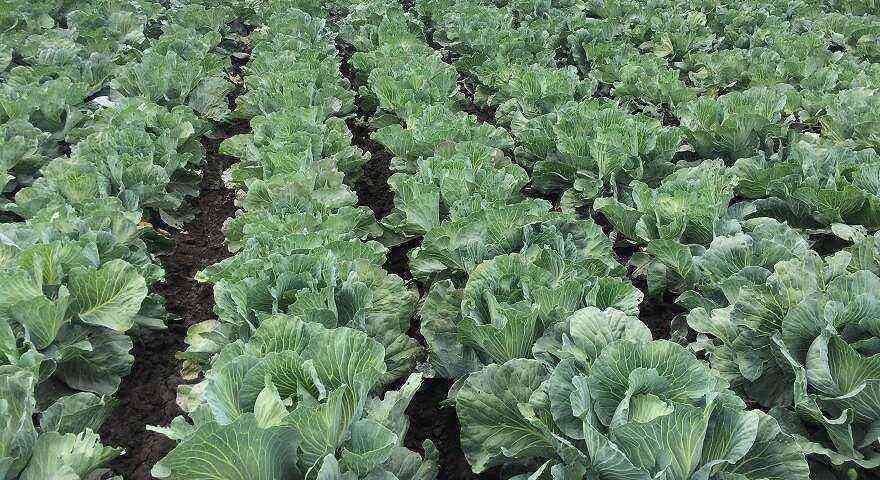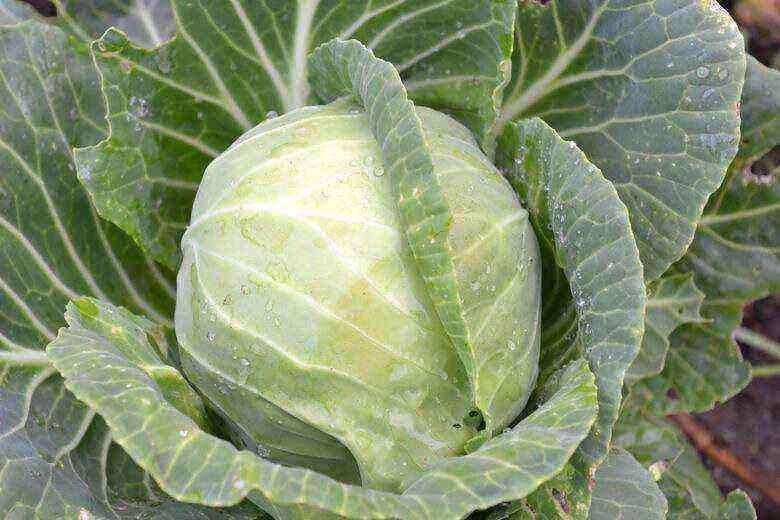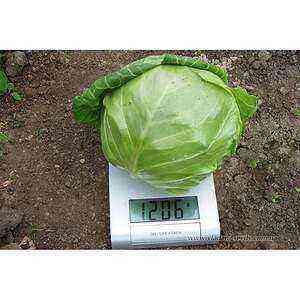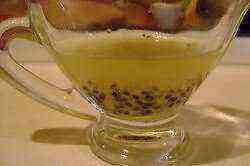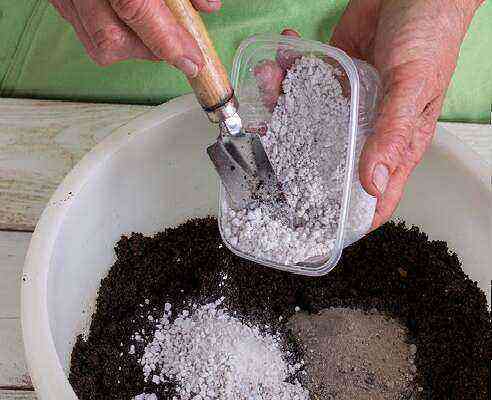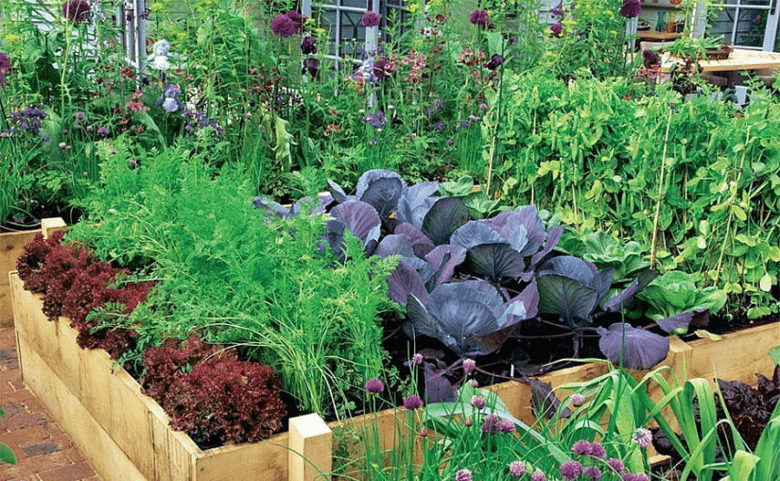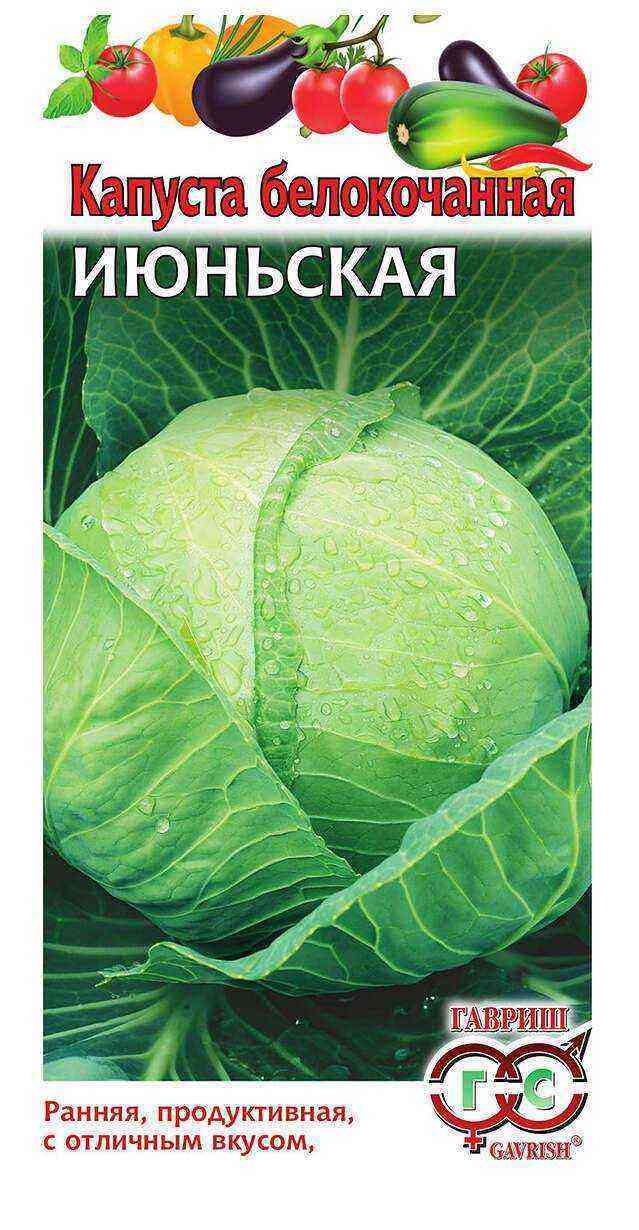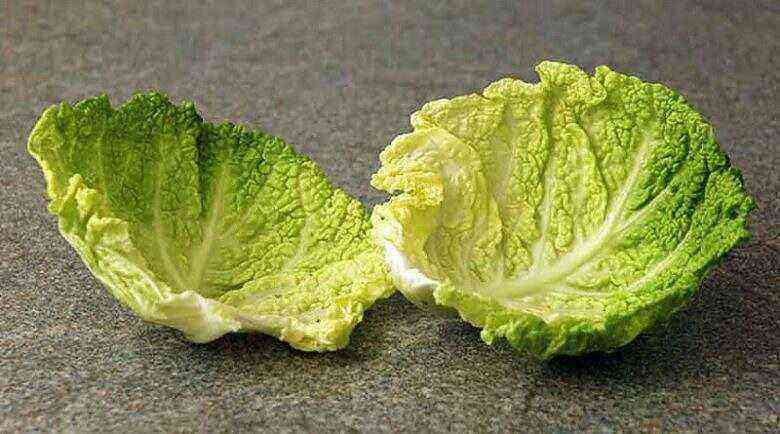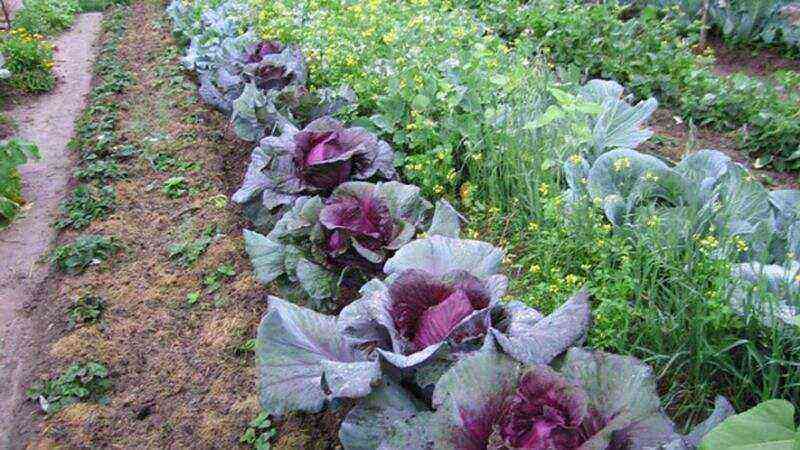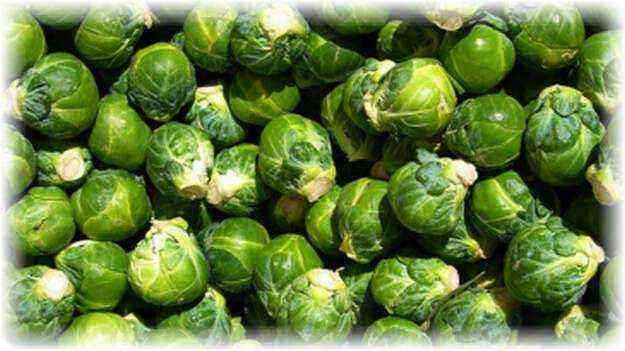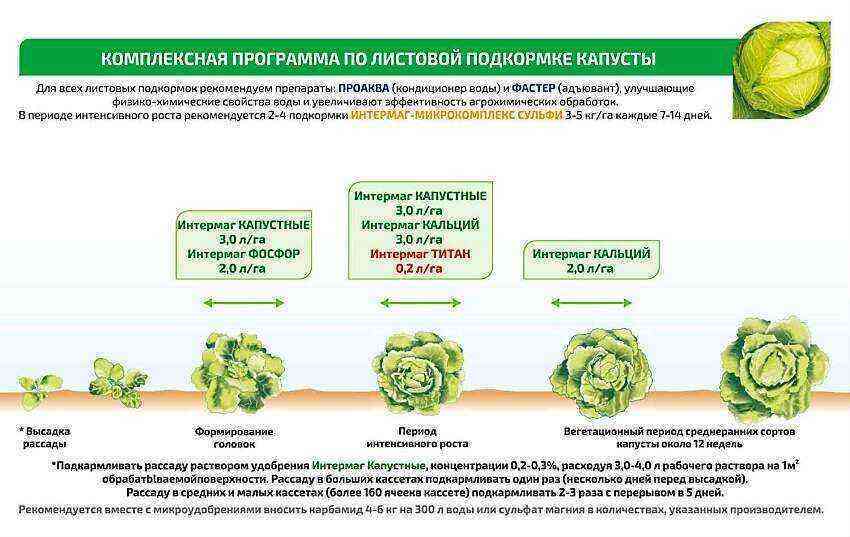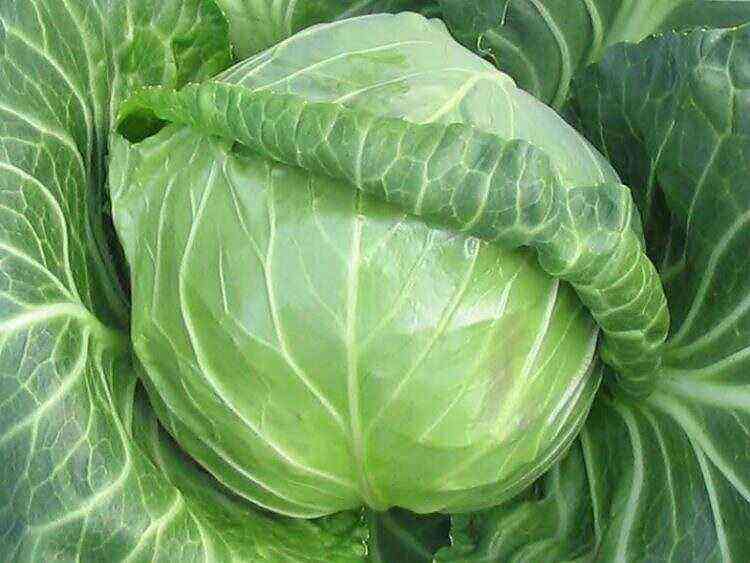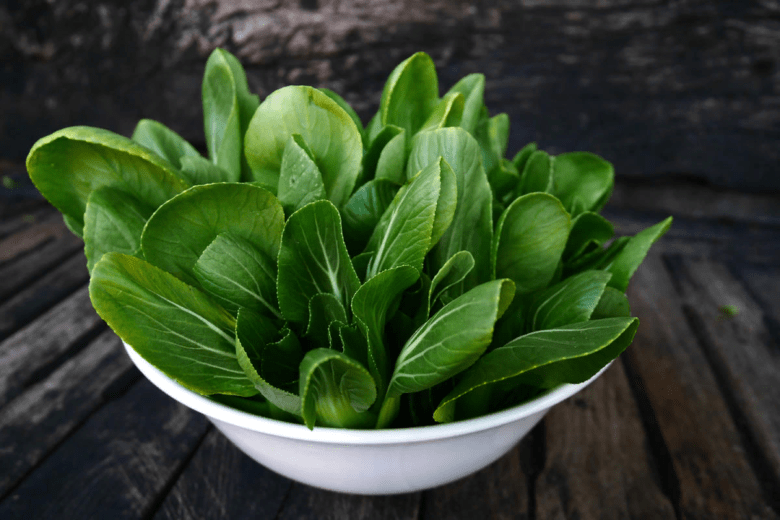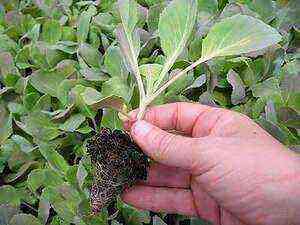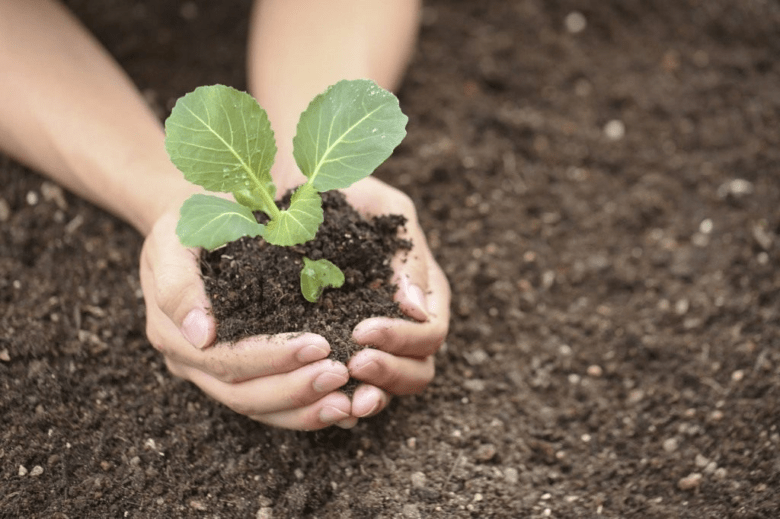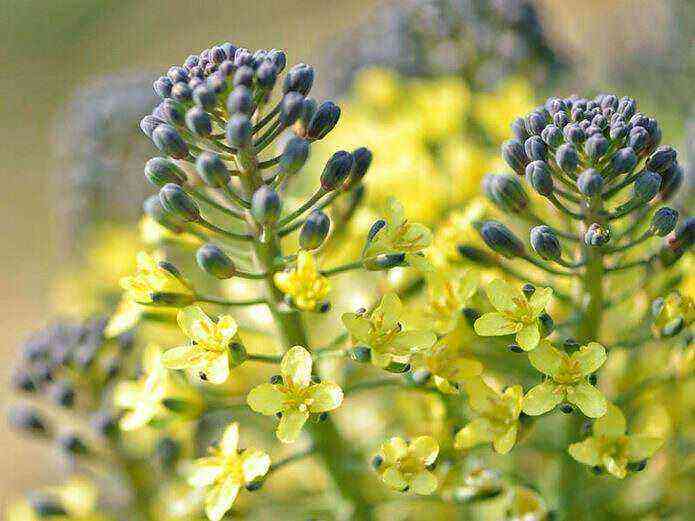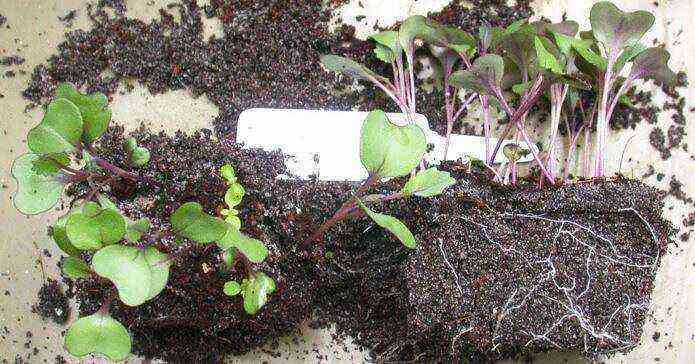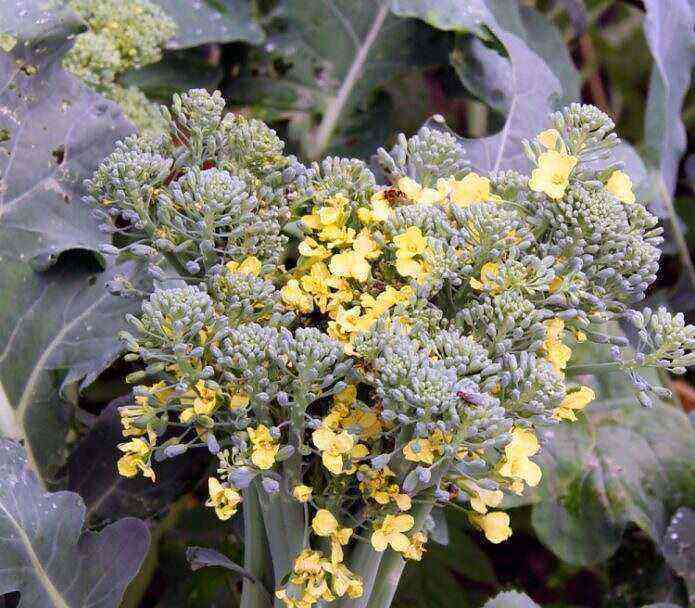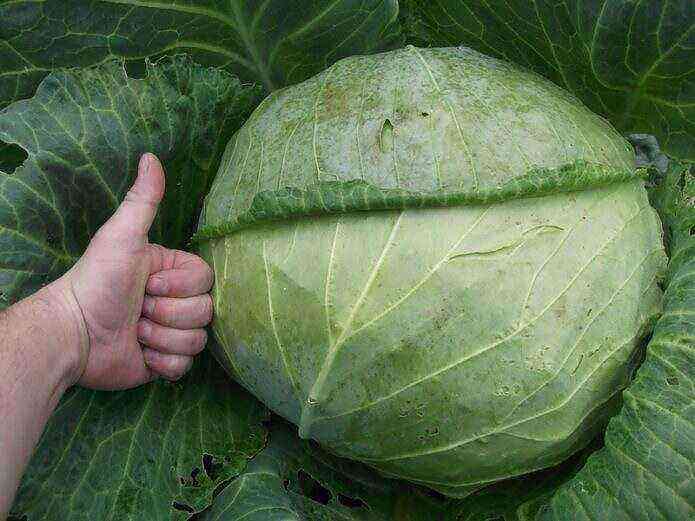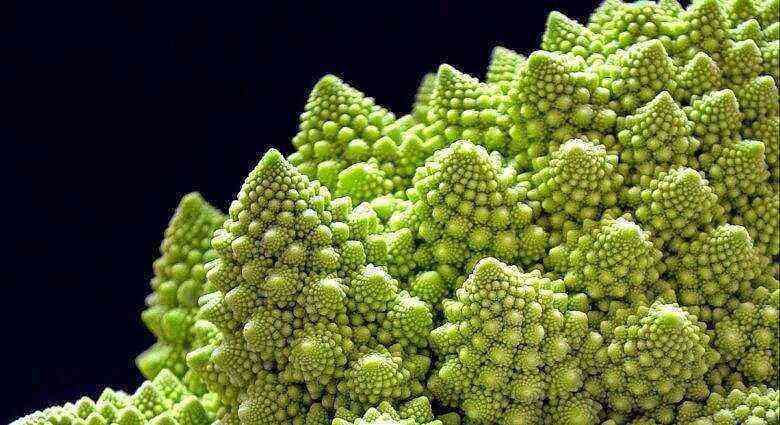Redbor F1 cabbage is one of two leafy varieties that have been added to the State Register. Let’s find out more useful information about the description, features and technologies for caring for this variety.
Hybrid description
Collard greens Redbor F1 differs in structure from cauliflower and cauliflower. Its leaves do not form heads of cabbage. They are beautiful in themselves. But the legs are not tasty to eat – they are very tough when compared with leaf blades. The author of the Redbor cabbage is the Dutch company Bejo Zaden BV
The main feature of cabbage is the bright red-lilac color of the leaves, which is obtained due to the anthocyanin pigment. Also, the leaves contain a lot of vitamin C, beta-carotene, sugar, crude protein – there are even more of them in this variety than in white cabbage. This variety has a very sweet taste. On the site, the hybrid grows up to 1,5 m in height. The half-vertical leaf rosette is spreading, resembling the crown of a palm tree.
Advantages and disadvantages of the variety
Redborough cabbage is prized for the following features:
- Excellent taste, which manifests itself in various culinary dishes.
- Comprehensiveness. Cabbage can be cultivated on different lands throughout the agricultural territory of Russia.
- High fertility. This indicator fluctuates within 6 kg per m2.
- Frost resistant. The variety can easily tolerate frosts at -19 degrees.
- High aesthetic properties.
Cons of hybrids are observed depending on external influences. Quality fruits are impossible without:
- using compost before planting;
- sufficient sunlight;
- maintaining high soil moisture.
Features of cultivation
This variety should not be cultivated in hotbeds or greenhouses. It tolerates sudden spring or autumn cold snaps well. In addition, cabbage leaves at low temperatures only become softer, softer and juicier even under snow.
These features, as well as the short ripening times of cabbage, allow it to be cultivated not in a single turn.
Besides the standard spring sowing, there are other options:
- Planting seeds for seedlings at the end of February allows you to get ripe fruits in May.
- Planting at the end of August allows you to exclude an intense attack by insect pests and harvest the fruits until late autumn.
For this cabbage, it is best to use the seedling method. You also need to reduce the outflow of water from the bushes. For example, you need to arrange grooves around the circumference of the lower part of the bushes. Failure to comply with the cultivation technique leads to the accumulation of poisons in the structure of the inflorescences.
Preparing the soil and choosing fertilizers
Alkaline, acidic and lean soils are best suited for kale cultivation. The land should be light and drained. If the place is in the wind zone, you need to organize a fence from it.
It is necessary to prepare the soil in the fall. If it is heavy, then in the fall it needs to be fertilized with green compost. The following fertilizers must be added under the culture:
- potassium salt;
- manure;
- superphosphate;
- storm.
After all the remaining plants are removed and loosening is performed, you must wait 7 days, and then scatter the above fertilizers around the place. Then the soil needs to be dug up and composts added.
Before winter, the prepared soil must be left in blocks so that the ground is better frozen, and many pest larvae die.
Seedling and bush care
When the inflorescences are 8 cm long, they can be thinned out. It is better to make the distance between the cut bushes – 55 cm. It is necessary to irrigate the plants in the morning or in the evening. Do not irrigate in the middle of the day. Young shoots need moisture, but according to the degree of formation, the amount of irrigation must be reduced.
It must be remembered that overdrying the soil is one of the reasons for the appearance of nitrates in the fetus. The high nitrate content can be caused by the use of fresh humus.
You need to use manure that has fermented. A large number of poisons can be caused by high levels of mineral nitrogen and potassium deficiency.
If planted on infertile land, then from the moment 10 days have passed, then you need to add 10 grams of urea, 20 grams of superphosphate and potassium salt. The second feed should be done after 20 days.
The second feeding should be increased by one and a half times, and borax and ammonium molybdate should be added to it.
Reviews of summer residents
On the Internet, you can find many reviews about Redbor f1 cabbage. Some grow it as an ornamental plant. People emphasize that if cabbage is planted in March, the yield is very high.
Some summer residents received two-meter bushes, strong and attractive. They did not eliminate aboveground inflorescences. All others were added to food.
Redbor is worthy of everyone’s attention for several reasons: the presence of useful qualities and aesthetics. Russian breeding companies produce Dutch seeds for their customers. They can be found in some catalogs and stores.
